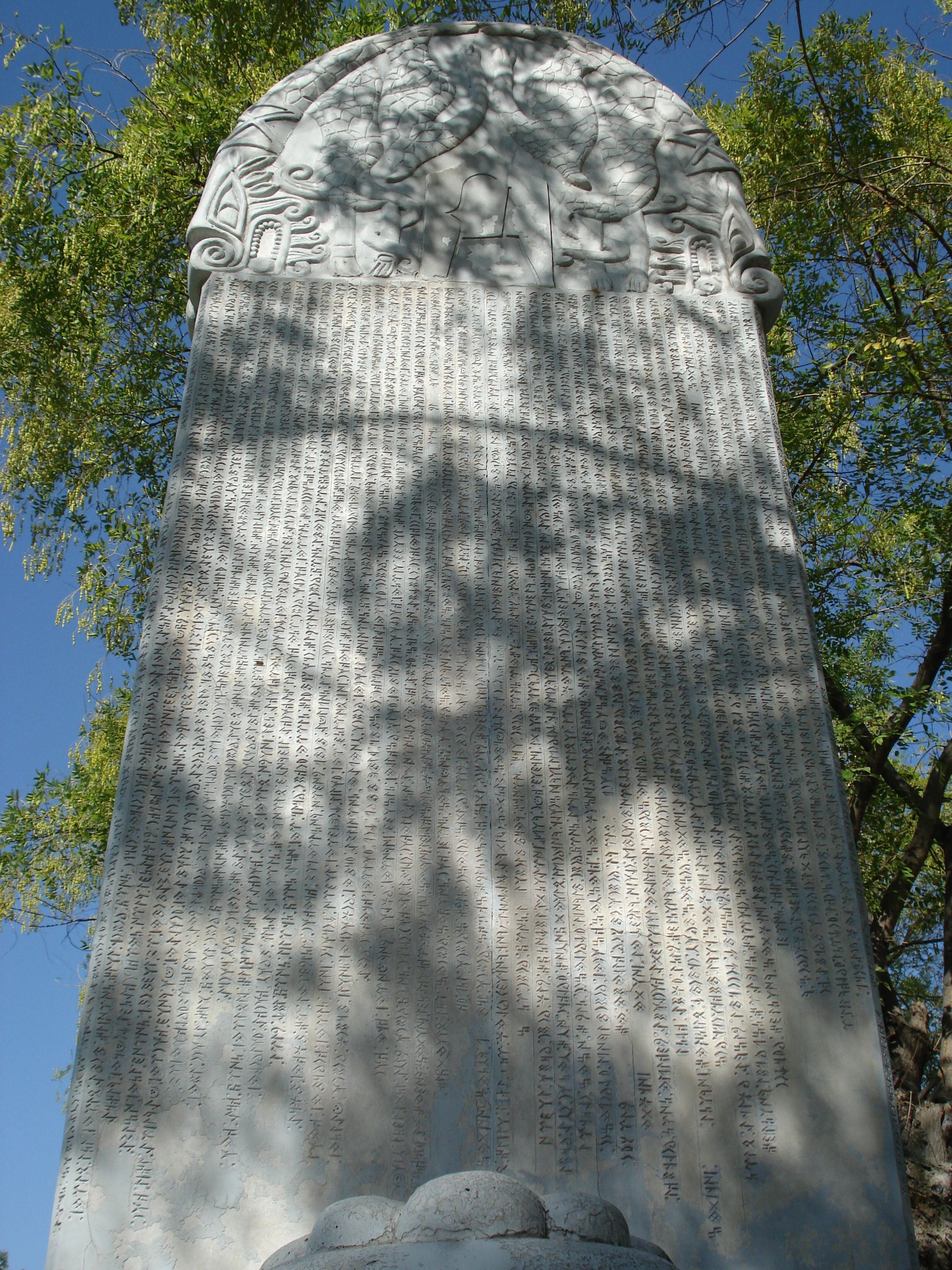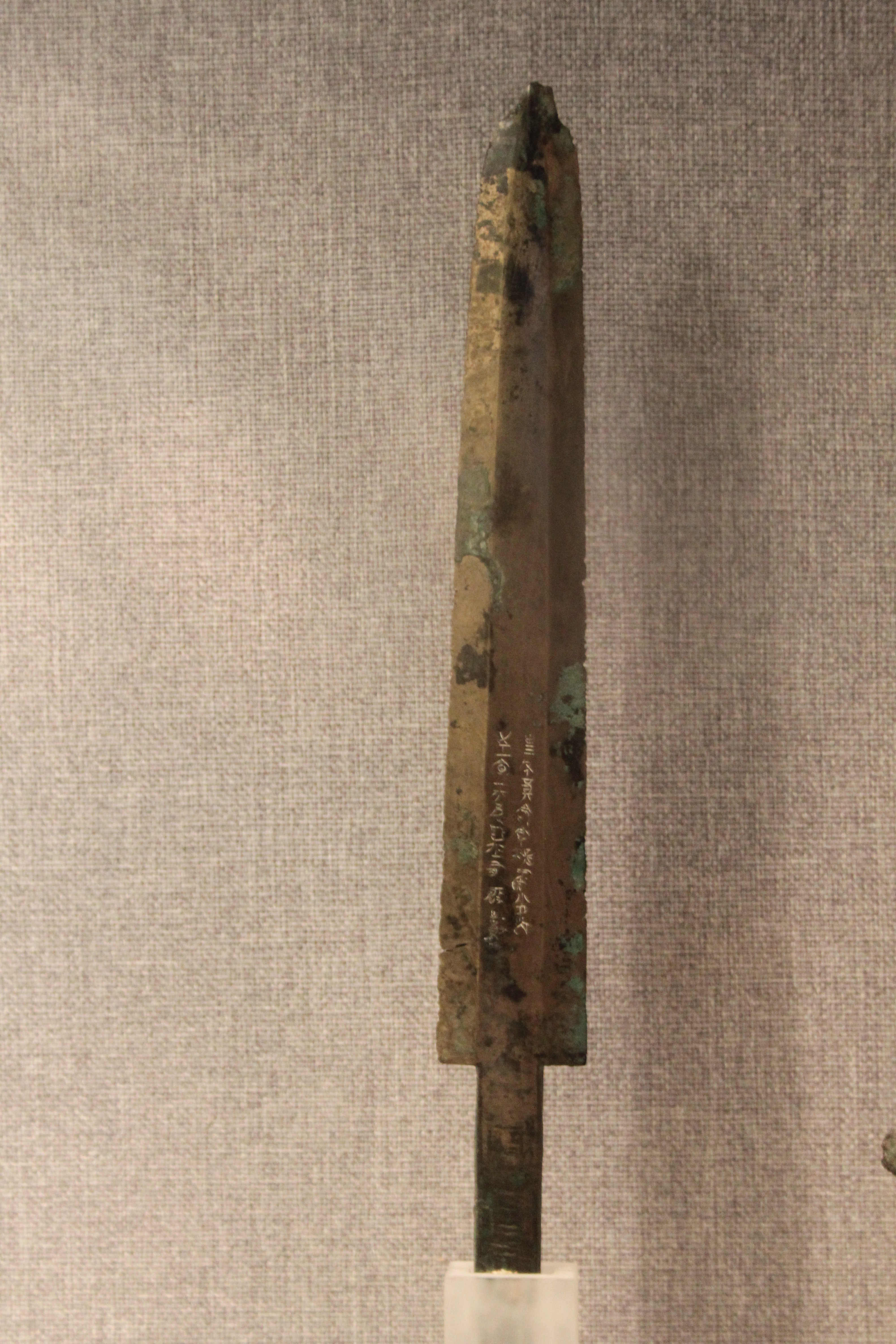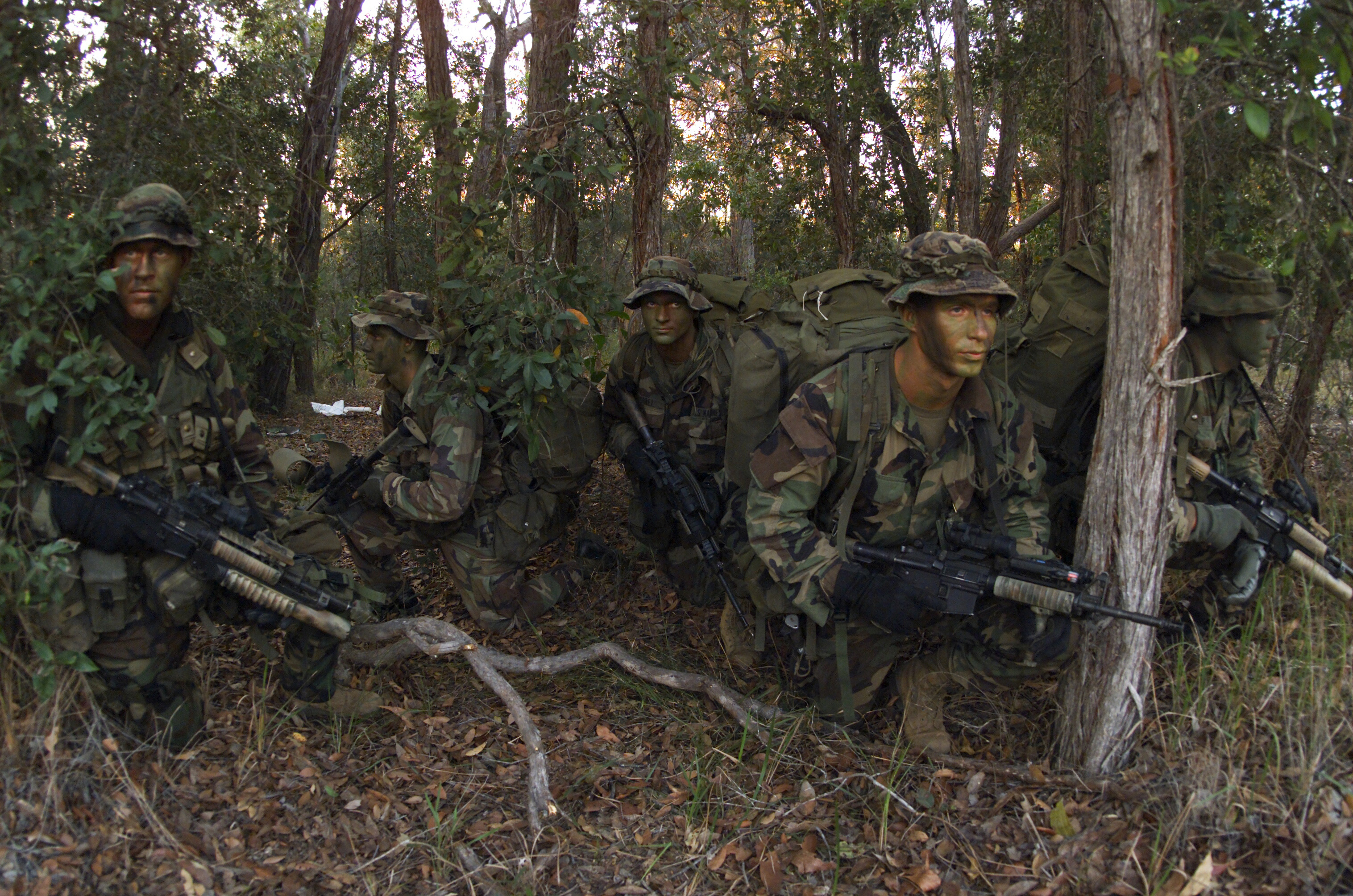|
Uhlan
Uhlan (; ; ; ; ) is a type of light cavalry, primarily armed with a lance. The uhlans started as Grand Ducal Lithuanian Army, Lithuanian irregular cavalry, that were later also adopted by other countries during the 18th century, including Polish Armed Forces, Poland, French Army, France, Imperial Russian Army, Russia, Prussian Army, Prussia, Royal Saxon Army, Saxony, and Imperial Army of the Holy Roman Emperor, Austria. The term "lancer" was often used interchangeably with "uhlan"; the lancer regiments later formed for the British Army were directly inspired by the uhlans of other armies (even though they were never known by that name). Uhlans traditionally wore a double-breasted short-tailed jacket with a coloured ''plastron'' panel at the front, a coloured sash, and a square-topped Polish lancer cap (, also called ). This cap or cavalry helmet was derived from a traditional Polish cap design, formalised and stylised for military use. Their lances were traditionally topped wit ... [...More Info...] [...Related Items...] OR: [Wikipedia] [Google] [Baidu] |
Czapka
Czapka (, ; also spelt ''chapka'' or ''schapska'' ) is a Polish language, Polish, Belarusian language, Belarusian, and Russian language, Russian generic word for a cap. However, it is perhaps best known to English speakers as a word for the 19th-century Polish cavalry headgear, consisting of a high, four-pointed cap with regimental insignia on the front (full name in Polish: ''czapka rogatywka'', initially: ''konfederatka'') to which feathers or Rosette (decoration), rosettes were sometimes added. History Origins This headdress developed initially as a square-topped variant of a shako. In its early, compact form from 1784 onwards the czapka was introduced by Austrian uhlans, during the time Galicia (Eastern Europe), Galicia was under Habsburg rule. Its use was spread from eastern Europe by the Polish Legions (Napoleonic period), Polish Legion, fighting for the French in the Napoleonic Wars, and became popular not only among Napoleon's French and allied forces, such as Westphalia, ... [...More Info...] [...Related Items...] OR: [Wikipedia] [Google] [Baidu] |
Lipka Tatars
The Lipka Tatars are a Turkic ethnic group and minority in Poland, Lithuania, and Belarus who originally settled in the Grand Duchy of Lithuania at the beginning of the 14th century. The first Tatar settlers tried to preserve their Pagan tradition and sought asylum amongst the pre-Christian Lithuanians. Towards the end of the 14th century, another wave of Tatars—this time, Islamized Turkic populations, were invited into the Grand Duchy by Vytautas the Great. These Tatars first settled in Lithuania proper around Vilnius, Trakai, Hrodna and Kaunas, later spreading to other parts of the Grand Duchy that later became part of the Polish–Lithuanian Commonwealth. These areas comprise parts of present-day Belarus, Lithuania, and Poland. From the very beginning of their settlement in Lithuania they were known as the Lipka Tatars. From the Battle of Grunwald onwards, the Lipka Tatar light cavalry regiments participated in every significant military campaign of Lithuania and Poland. ... [...More Info...] [...Related Items...] OR: [Wikipedia] [Google] [Baidu] |
Imperial Russian Army
The Imperial Russian Army () was the army of the Russian Empire, active from 1721 until the Russian Revolution of 1917. It was organized into a standing army and a state militia. The standing army consisted of Regular army, regular troops and two forces that served on separate regulations: the Cossacks, Cossack troops and the Islam in Russia, Muslim troops. A regular Russian army existed after the end of the Great Northern War in 1721.День Сухопутных войск России. Досье [''Day of the Ground Forces of Russia. Dossier''] (in Russian). TASS. 31 August 2015. During his reign, Peter the Great accelerated the modernization of Russia's armed forces, including with a decree in 1699 that created the basis for recruiting soldiers, military regulations for the organization of the a ... [...More Info...] [...Related Items...] OR: [Wikipedia] [Google] [Baidu] |
Light Cavalry
Light cavalry comprised lightly armed and body armor, armored cavalry troops mounted on fast horses, as opposed to heavy cavalry, where the mounted riders (and sometimes the warhorses) were heavily armored. The purpose of light cavalry was primarily raid (military), raiding, reconnaissance, screening (tactical), screening, skirmishing, patrolling, and tactical communications. Prior to the 17th century they were usually armed with swords, spears, javelins, or bow and arrow, bows, and later on with Sabre, sabres, pistols, shotguns, or carbines. Light cavalry was used infrequently by Ancient Greece, Ancient Greeks (who used hippeis such as prodromoi or sarissophoroi) and Ancient Rome, Ancient Romans (who used auxiliaries (Roman military), auxiliaries such as Numidian cavalry, equites Numidarum or equites Maurorum), but were more common among the armies of Eastern Europe, North Africa, West Asia, Central Asia, and East Asia. The Arabs, Cossacks, Hungarian people, Hungarians, Hu ... [...More Info...] [...Related Items...] OR: [Wikipedia] [Google] [Baidu] |
Tatars
Tatars ( )Tatar in the Collins English Dictionary are a group of Turkic peoples across Eastern Europe and Northern Asia who bear the name "Tatar (term), Tatar". Initially, the ethnonym ''Tatar'' possibly referred to the Tatar confederation. That confederation was eventually incorporated into the Mongol Empire when Genghis Khan unified the various steppe tribes. Historically, the term ''Tatars'' (or ''Tartars'') was Endonym and exonym, applied to anyone originating from the vast North Asia, Northern and Central Asian landmass then known as Tartary, a term which was also conflated with the Mongol Empire itself. More recently, however, the term has come to refer more narrowly to related ethnic groups who refer to themselves as ''Tatars'' or who speak languages that are commonly referr ... [...More Info...] [...Related Items...] OR: [Wikipedia] [Google] [Baidu] |
Lancer
A lancer was a type of cavalryman who fought with a lance. Lances were used for mounted warfare in Assyria as early as and subsequently by India, Egypt, China, Persia, Greece, and Rome. The weapon was widely used throughout Eurasia during the Middle Ages and the Renaissance by heavy cavalry, but fell out of general use by the late 16th century, before its revival by light cavalry in the early 19th century. Lance cavalry remained in an active role into the early 20th century and World War I. In modern times, many militaries retain units designated as lancers. However, the lance itself has been relegated to a ceremonial role. 17th-, 18th-, and 19th-century lancers The lancer ( Polish: ''ułan'', German: ''Ulan'', French: ''uhlan'') had become a common sight in the majority of European, Ottoman, and Indian cavalry forces during this time, but, with the exception of the Ottoman troops, they increasingly discarded the heavy armour to give greater freedom of movement in combat. ... [...More Info...] [...Related Items...] OR: [Wikipedia] [Google] [Baidu] |
Companion (military Rank)
Companion ( Polish: ''towarzysz'' , plural: ''towarzysze'') was a junior cavalry officer or knight-officer in the army of the Polish–Lithuanian Commonwealth from the 16th century until its demise in 1795. Name During the 20th century, ''towarzysz'' assumed the same meaning as the Russian ('' tovarishch'', "comrade"), with the military meaning fading in use. Use of cultural expressions such as '' pan'' ("sir") was frowned upon and the communist regime encouraged use of ''towarzysz'' ("companion") or '' obywatel'' ("citizen"). Polish-Lithuanian Commonwealth In the military of the Polish–Lithuanian Commonwealth, (until the 1775 AD reforms) companion was usually a noble who served in the Army for a period of time, usually less than 5 years, as a horseman with his mounted retainers (cavalry) and ''free servants'' (hussars, cossack – Armoured companion, Petyhorcy, Hajduk), or with none or one retainer and very few free servants (light cavalry e.g. Wallachian, Lisowczyks, ... [...More Info...] [...Related Items...] OR: [Wikipedia] [Google] [Baidu] |
Lance
The English term lance is derived, via Middle English '' launce'' and Old French '' lance'', from the Latin '' lancea'', a generic term meaning a wikt:lancea#Noun">lancea'', a generic term meaning a spear">wikt:lancea#Noun">lancea'', a generic term meaning a spear or javelin employed by both infantry">spear or javelin">spear">wikt:lancea#Noun">lancea'', a generic term meaning a spear or javelin employed by both infantry and cavalry, with English initially keeping these generic meanings. It developed later into a term for spear-like weapons specially designed and modified to be part of a "weapon system" for use couched under the arm during a charge, being equipped with special features such as grappers to engage with lance rests attached to breastplates, and vamplates, small circular plates designed to prevent the hand sliding up the shaft upon impact. These specific features were in use by the beginning of the late 14th century. Though best known as a military and sporting ... [...More Info...] [...Related Items...] OR: [Wikipedia] [Google] [Baidu] |
Reconnaissance
In military operations, military reconnaissance () or scouting is the exploration of an area by military forces to obtain information about enemy forces, the terrain, and civil activities in the area of operations. In military jargon, reconnaissance is abbreviated to ''recce'' (in British, Canadian, Australian English) and to ''recon'' (in American English), both derived from the root word ''reconnoitre'' / ''reconnoitering''. The types of reconnaissance include patrolling the local area of operations and long-range reconnaissance patrols, which are tasks usually realized in the United States of America by U.S. Army Rangers, cavalry scouts, and military intelligence specialists, using navy ships and submarines, Aerial reconnaissance, reconnaissance aircraft, satellites to collect raw intelligence; and establishing observation posts. Moreover, espionage is different from reconnaissance, because spies work as civilians in enemy territory. Etymology The word is derived from the ... [...More Info...] [...Related Items...] OR: [Wikipedia] [Google] [Baidu] |
Middle Ages
In the history of Europe, the Middle Ages or medieval period lasted approximately from the 5th to the late 15th centuries, similarly to the post-classical period of global history. It began with the fall of the Western Roman Empire and transitioned into the Renaissance and the Age of Discovery. The Middle Ages is the middle period of the three traditional divisions of Western history: classical antiquity, the medieval period, and the modern period. The medieval period is itself subdivided into the Early, High, and Late Middle Ages. Population decline, counterurbanisation, the collapse of centralised authority, invasions, and mass migrations of tribes, which had begun in late antiquity, continued into the Early Middle Ages. The large-scale movements of the Migration Period, including various Germanic peoples, formed new kingdoms in what remained of the Western Roman Empire. In the 7th century, North Africa and the Middle East—once part of the Byzantine Empire� ... [...More Info...] [...Related Items...] OR: [Wikipedia] [Google] [Baidu] |
Loanword
A loanword (also a loan word, loan-word) is a word at least partly assimilated from one language (the donor language) into another language (the recipient or target language), through the process of borrowing. Borrowing is a metaphorical term that is well established in the linguistic field despite its acknowledged descriptive flaws: nothing is taken away from the donor language and there is no expectation of returning anything (i.e., the loanword). Loanwords may be contrasted with calques, in which a word is borrowed into the recipient language by being directly translated from the donor language rather than being adopted in (an approximation of) its original form. They must also be distinguished from cognates, which are words in two or more related languages that are similar because they share an etymological origin in the ancestral language, rather than because one borrowed the word from the other. Examples and related terms A loanword is distinguished from a calque (or ... [...More Info...] [...Related Items...] OR: [Wikipedia] [Google] [Baidu] |
Heavy Cavalry
Heavy cavalry was a class of cavalry intended to deliver a battlefield charge and also to act as a Military reserve, tactical reserve; they are also often termed ''shock cavalry''. Although their equipment differed greatly depending on the region and historical period, heavy cavalry were generally mounted on large powerful warhorses, wore body armor, and armed with either lances, swords, Mace (bludgeon), maces, flail (weapon), flails (disputed), battle axes, or war hammers; their mounts may also have been protected by barding. They were distinct from light cavalry, who were intended for raid (military), raiding, reconnaissance, screening (tactical), screening, skirmishing, patrolling, and tactical communications. History Persian Empires Iranian tribes such as the Massagetae were believed to be the originator of the class of heavy cavalry known as cataphract. During the time of Achaemenid Empire, Achaemenid Persia cavalry was the elite arm of service (as was the case in ... [...More Info...] [...Related Items...] OR: [Wikipedia] [Google] [Baidu] |








